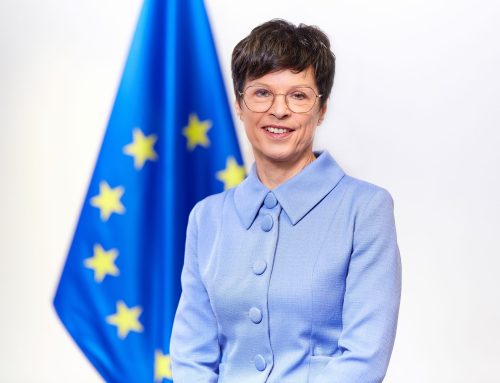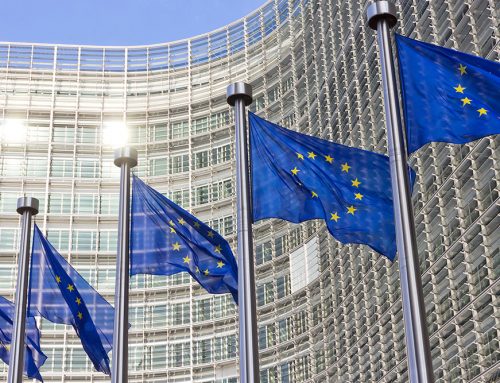The 2015 edition of the Eurostat publication “The EU in the world” compares the European Union with the 15 non-EU G-20 countries. With 506 million inhabitants in 2013, the EU accounted for just over 7% of the world population. Only China (1 357 million inhabitants or 19.1% of the world population) and India (1 252 mn or 17.6%) were more populous.
Population projections indicate that the world population could increase by almost 3 billion people in the next decades, from 7.1 bn in 2013 to almost 10.0 bn in 2060. At that time, India should be the most populous country of the world, ahead of China. The share of the EU in world population is also expected to decrease in the future, from 7.1% in 2013 to 5.3% in 2060.
The EU accounts for almost a quarter of the world GDP
While accounting for 7.1% of the world population, the EU generated in 2013 almost a quarter (23.7%) of the world GPD. The United States (22.2%), China (12.1%) and Japan (6.5%) had also a significant weight in world GDP.
The United States and China were also in 2014 the two main trading partners of the EU, accounting respectively for 15.3% and 13.8% of total extra-EU trade in goods and for 28.5% and 4.1% of total extra-EU trade in services.
Among the G-20 members: Canada and Japan on top for internet use
Less than 20% of the reporting population in 2013 used the internet in India (15%) and Indonesia (16%), while this was the case for more than 80% of the reporting population in Canada and Japan (both 86%). At EU level, the share of internet users stood at 77% in 2013.
The EU among the G-20 leaders for environment and renewable energy
As regards the area of environment, the EU registered carbon dioxide emissions of 7.4 tonnes per inhabitant in 2012. Australia (17.5 tonnes), the United States (17.1), Saudi Arabia (17.0 in 2010), Canada (15.8), South Korea (12.5), Russia (11.6), Japan (10.0) and South Africa (9.0 in 2010) all generated more emissions per inhabitant than the EU.


